38 F. high on Tuesday in the Twin Cities.
45 F. average high on March 24.
31 F. high on March 24, 2014.
30.8" snow so far this winter season at KMSP.
62.7" snow fell last winter, as of March 24, 2014.
Uncharted Territory
As
of Tuesday there hasn't been a single March tornado reported anywhere
in the USA. You have to go back to 1969 to find a comparable month. El
Nino appears to be strengthening; this pervasive warm phase of the
Pacific Ocean forecast to linger most of 2015. Every El Nino event is
different, but most favor a southerly detour of the jet stream, a shift
that diminishes the threat of tornadoes and hurricanes. That southward
shift in steering winds may pinch off much of our moisture; I'm worried
about an intensifying drought.
ECMWF guidance shows a potentially
significant rain event brewing for the middle of next week, possibly
ending as wet snow on April 1 or April 2. A potentially foul April Fool's joke. Out ahead of
this rare "storm" temperatures surge to near 60F Monday and Tuesday.
That partially makes up for any late-season goosebumps tomorrow &
Friday, when a fresh sweep of Canadian air keeps highs in the 30s.
And
last night's minor slush event? My favorite banker at Northern Trust,
Jeff Huybrecht, wrote: "The great thing about a March snow is that it's
usually beautiful (wet snow that sticks to trees), melts quickly from
roads and driveways, and provides needed moisture. What's not to like?"
Colder Surge - Then Spring Returns Next Week.
At least the sun will be out Thursday and Friday, when highs may not
climb out of the 30s in the Twin Cities. A milder Pacific breeze kicks
in over the weekend, the warmest temperatures early next week out ahead
of a system that may pull steadier rain into Minnesota by midweek.
Another Spring Fling.
After hovering about 5-10F colder than average into Saturday the
mercury gets a nice boost next week with 50s and a few 60s the first
half of the week. A period of rain midweek gives way to another cold
front by the end of next week. Graphic: Weatherspark.
Moderating Temperatures Second Week of April.
Within 2 weeks winds aloft (500 mb) are forecast to be strong and
zonal, meaning highs mostly in the 50s. The pattern in early April still
doesn't look ripe for significant rain. Map: GrADS:COLA/IGES.
Flashes of Warmth.
This is pretty typical for late March and early April; oscillating
between 30s and slush to 60s and outbreaks of spring fever. Such will be
the case in early April with highs mostly in the 50s, a few days of 40s
and 60s, but nothing too outrageous in the temperature department. GFS
data above: NOAA.
Odd Tornado Drought of 2015 Puts U.S. Into "Uncharted Territory". Here's a clip from a story at
weather.com: "...
There
has still not been a single tornado reported anywhere in the U.S. so
far in March 2015, through March 22. Only one other March – in 1969 –
has gone tornadoless so deep in the month, according to reliable records
dating to 1950. March 1969 had its first tornado of the month on March
23. The lowest U.S. March tornado count was six in 1951, though you
could argue some weaker tornadoes may have been unobserved back then, in
the pre-smartphone, pre-Doppler radar era. While March is not typically
one of the most active months, March has averaged 78 tornadoes in the
U.S. over the past 20 years, according to Forbes..."
Experimental Forecast Projects Tornado Season.
A low-grade El Nino is already producing conditions downwind generally
unfavorable for tornado formation - but there are exceptions to every
rule. Here's a clip from
Climate Central: "...
El
Niño tends to tamp down on tornadoes because it shifts the jet stream
further south over the U.S., which blocks moisture from flowing
northward from the Gulf of Mexico. The moisture is one of the key
ingredients for fostering the unstable, stormy atmospheric environment
on which tornadoes thrive. La Niña acts in the opposite way, pushing the
jet stream to the north and letting that moisture penetrate further
into the heart of the country. Some of the biggest outbreaks in history —
including the 1974 Super Outbreak, as well as the devastating 2011 season — occurred during La Niña years..."
Storm Chasers Suddenly Out Of Work As Tornadoes Vanish in U.S. Bloomberg has more details on the weather pattern that is producing such a quiet March: "...
The
mechanics of the weather pattern causing heat in the West and cold in
the East are easy to trace -- a ridge of high pressure in the eastern
Pacific and a trough of low pressure across central North America have
locked in place. The pattern “is exactly the opposite of the pattern you
need to get an active tornado period in late winter and early spring,”
said Todd Crawford, a meteorologist at WSI in Andover, Massachusetts.
Severe weather is usually more common when the West is cool and the East
is warm, Crawford said. The chances of that happening anytime soon look
slim..."
Welcome To The "Double El Nino" - And More Extreme Weather.
Although El Nino tends to often tamp down tornadoes and hurricanes for
the USA it can spike extreme weather (and temperatures) worldwide.
Here's the intro to a story at PRI,
Public Radio International: "
We’re about to experience a “double El Niño” — a rare weather phenomenon that climatologists had warned about several months ago.
That means two consecutive years of the concentration of warm water in
the Pacific Ocean that brings West Coast storms, quiet hurricane seasons
in the Atlantic and busy ones in the Pacific. The danger is that this
could mean more than a few months of odd weather, but instead usher in a
new phase of climate change. Last year was the warmest year on record;
2015 looks set to be even warmer..."
Image credit: "
El Niño Makes Atlantic hurricanes less likely." Credit: NOAA/ National Climatic Data Center.
A More Significant (Longer Duration) El Nino Event in 2015?
The Pacific continues to warm and factors may be converging to prolong
some of this warmth into the end of 2015. Expect more warm weather
records to be broken. Chart above: NOAA.
Snowflakes Aren't Even Like Themselves, New 3D Images Reveal. Here's an excerpt of an interesting article from LiveScience and
Yahoo News: "
You've heard that no two snowflakes are alike, but it gets even more complicated: The two sides of the same snowflake
aren't even alike. Now, researchers using a cutting-edge 3D camera are
able to use these imperfections to update estimates of road slickness
and other storm impacts, improving winter weather warnings in real time
and saving lives..."
Troubled National Weather Web Sites Among Government's Most Popular. Here's a clip from an Andrew Freedman story at
Mashable: "...
Uccellini
readily admitted that the NWS' warning and forecast dissemination
system "is broken." “We are very aggressively trying to replace our
dissemination system,” he told Mashable last year. “I’m not walking away
or trying to hide.” The NWS has been prevented from developing its own
mobile apps because of statutes that forbid it from competing with the
private weather sector..."
U.N. Report Warns of Serious Water Shortages Within 15 Years. TIME has the story; here's the introduction: "
If
we continue on our current trajectory, warns the report, we'll only
have 60% of the water we need in 2030 The world will only have 60% of
the water it needs by 2030 without significant global policy change,
according to a new report from the U.N.
While countries like India are rapidly depleting their groundwater,
rainfall patterns around the world are becoming more unpredictable due
to global warming, meaning there will be less water in reserves..."
The War Over Who Steve Jobs Was. Backchannel at
medium.com
has an interesting look at the movement to clean up the iGenius's image
and ongoing legacy. Frankly I don't even care if he was an a-hole. He
pushed people to do things they didn't even know they could accomplish
and put a sizable dent in the (digital) universe. That's quite enough
for one life. Here's an excerpt from the article: "...
Isaacson’s
eponymous biography of Jobs became a publishing phenomenon, selling over
a million copies and making Isaacson himself somewhat of a celebrity.
But privately, those closest to Jobs complained that Isaacson’s portrait
focused too heavily on the Apple CEO’s worst behavior, and failed to
present a 360-degree view of the person they knew. Though the book Steve Jobs
gave copious evidence of its subject’s talent and achievements,
millions of readers finished the book believing that he could be
described with a word that rhymes with “gas hole...”
To Move Beyond Boom and Bust We Need A New Theory of Capitalism. Is there a better, smarter, more sustainable way to run the markets? Here's an excerpt from
The Guardian: "...
Minsky’s
genius was to show that financially complex capitalism is inherently
unstable. Under conditions of stability, firms, banks and households
will, over time, move from a position where their income pays off their
debt, to one where it can only meet the interest payments on it.
Finally, as instability rises, and central banks respond by expanding
the supply of money, people end up borrowing just to pay back interest.
The price of shares, homes and commodities rockets. Bust becomes
inevitable..."
Driverless Cars Will Shield The Haves From The Have-Nots. Redefining the meaning of a "bubble"? Here's a clip from a story at
Fusion: "...
That’s
one of the things I found most interesting — and disturbing — about
Mercedes’ vision of the future. It is the wealth bubble incarnate. It’s
easy to forget there are housing projects, homeless people on the
street, shelters, food desserts, etc. when you literally never have to
see them. Not even in passing. Cars have always provided distance and
protection from the wider world, but Benz’s F 015 takes it to a whole
new level. Yes, it’s just a concept. But this is what a radically
unequal world could look like in 15 years..."
Waterspout Tears Through Beach in Brazil. Here's a link to a few video clips, courtesy of
Huffington Post. Call me crazy, but if a funnel is approaching you might not want to just stand on the beach: "
A relaxing day at the beach turned dark after a waterspout made landfall over Candeias Beach in Brazil earlier this month. At first, according to Slate, beachgoers watched the waterspout from the beach as it churned over the ocean at a distance. The waterspout then moved quickly onto the beach, blowing debris and palm fronds in the air, according to a local report from Brazilian news site NE10..."
TODAY: Coating of slush early? Windy with more clouds than sun. Winds: W 15-30. High: 42
WEDNESDAY NIGHT: Patchy clouds, turning colder. Low: 21
THURSDAY: More clouds than sun, chilly for late March. High: 38
FRIDAY: Who turned off the heat? Brisk. Feels like late February, but the sun is out. Wake-up: 22. High: 35
SATURDAY: Breezy, turning milder with fading sun. Wake-up: 23. High: 44
SUNDAY: Mild, springy start. Late shower? Wake-up: 35. High: 54
MONDAY: Plenty of sun, pleasant. Wake-up: 33. High: 57
TUESDAY: Mild sun, first clap of thunder? Wake-up: 40. High: 62
* Heavier, steadier rain is possible next Wednesday as temperatures begin to fall.
Climate Stories...
The Real Cost of Coal.
The fundamental problem right now: the true cost of burning coal (and
other fossil fuels) is not being factored into the markets. Fossil fuel
companies are getting a free pass by being able to pump as much CO2 into
the atmosphere as they want. Here's a snippet of an Op-Ed at
The New York Times: "...
This
failure by the government to collect fair value for taxpayer coal is
made more troubling by the climate-change implications of burning this
fossil fuel. Taxpayers are already incurring major costs in responding
to the effects of global warming.
Coastal infrastructure is being battered by sea rise and storm surges;
forests are being devastated by climate-aided pest infestations; and
studies are suggesting that temperature rises have increased the
likelihood of devastating droughts in California..."
Scientist Says Florida Wasting Time Debating Climate Change. The scientist is Dr. Neil deGrasse Tyson, and here are recent comments, courtesy of
HeraldTribune.com: "
Renowned
scientist Dr. Neil deGrasse Tyson called Gov. Rick Scott's ban on
official use of the terms “climate change” and “global warming”
astonishing and disappointing, and held voters responsible for electing
Scott and other like-minded politicians to office. “I thought as a
nation we were better than this,” Tyson said. People like to blame
politicians, he said, but the challenge is educating the electorate..." (Image: NASA).
U.S. Is Laggard Among Developed Nations In Understanding Climate Change. InsideClimate News has an interesting article; here's an excerpt: "...
Capstick
and his colleagues found that during the 1980s and 1990s, there was
increasing awareness and public concern about the issue around the
globe. In many countries, skepticism about the scientific evidence of
climate change took hold late in the following decade, and climate
quickly became a partisan issue largely because of the global recession
and concern that taking action would hurt economies. But while most
countries have since moved away from this partisan divide, the political
split over climate change has only widened in the U.S., Capstick said.
This reflects fossil fuel-funded denial campaigns and the widening
ideological divide between conservative and progressives in the U.S.
Australia and the U.K. have similar divides..."
Carbon Price Should Increase Up To 200% To Avoid Tipping Point, Study Says.
Blue and Green Tomorrow has the story - here's an excerpt: "...
In
order to avoid dangerous levels of climate change and crossing
irreversible tipping points in the future, the price of carbon should be
increased by up to 200%, according to a new study. Researchers from the
Universities of Exeter, Zurich, Stanford and Chicago have urged
policymakers not to discount the damages from future climate tipping
points. The study, which has been published the journal Nature Climate
Change, argues that the prospect of future tipping points should greatly
increase the amount we are willing to pay now to limit climate change..."

Science Museums Urged To Cut Ties With Kochs. The New York Times reports; here's the introduction: "
Dozens
of climate scientists and environmental groups are calling for museums
of science and natural history to “cut all ties” with fossil fuel
companies and philanthropists like the Koch brothers. A letter
released on Tuesday asserts that such money is tainted by these donors’
efforts to deny the overwhelming scientific consensus on climate change..." (File photo: AP, Phelan M. Ebenhack).
Cyclone Pam Is Just The Start.
Newsweek puts the super-cyclone (same thing as a typhoon and hurricane) into perspective; here's an excerpt: "
In
the wake of island nation Vanuatu’s devastation by Cyclone Pam, in
which 320 mile-per-hour winds killed dozens of people and destroyed 90
percent of the buildings in the capital city of Port Vila, public health
experts fear that the country's ruined infrastructure will result in
mass starvation and epidemics of disease. As the rate of global climate
change continues to increase, such tragedies will become more and more
common around the world. Vanuatu is not alone..."
Image credit above: "
An
aerial view of the destruction after Cyclone Pam hit Port Vila, capital
city of the Pacific island nation of Vanuatu, on March 17, 2015." Edgar Su/Reuters.
A Slow-Down In The North Atlantic Conveyer Belt?
There was always concern among scientists that melting of (fresh)
water, mainly from a rapidly melting Greenland, might impact the broad
Atlantic Ocean circulation pattern. Chris Mooney has details of new
research at
The Washington Post; here's an excerpt: "...
According to a new study just
out in Nature Climate Change by Stefan Rahmstorf of the Potsdam
Institute for Climate Impact Research and a group of co-authors, we’re
now seeing a slowdown of the great ocean circulation that, among other
planetary roles, helps to partly drive the Gulf Stream off
the U.S. east coast. The consequences could be dire – including
significant extra sea level rise for coastal cities like New York and
Boston..."
* The paper at Nature Climate Change is
here.
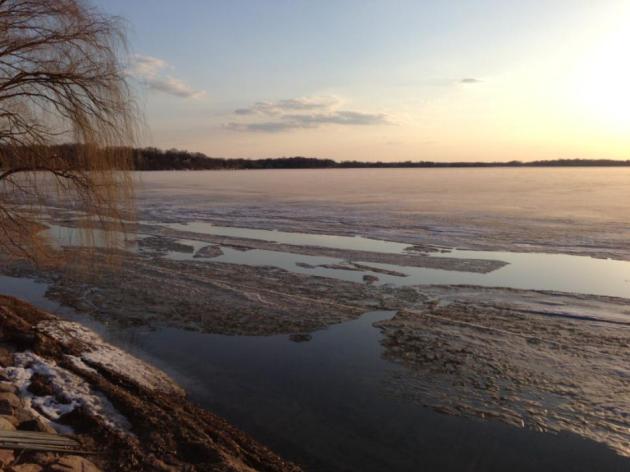
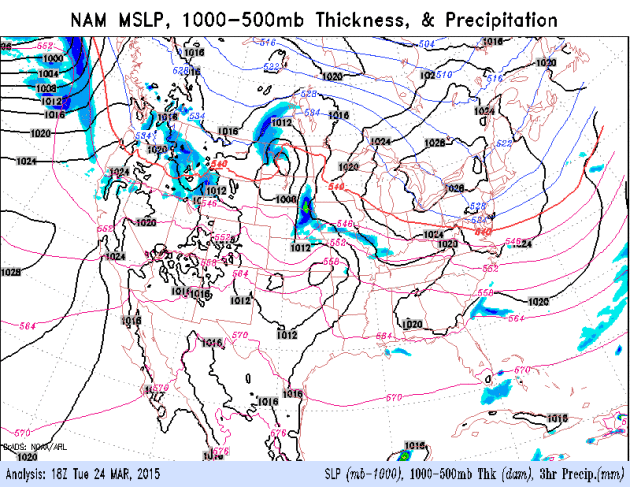


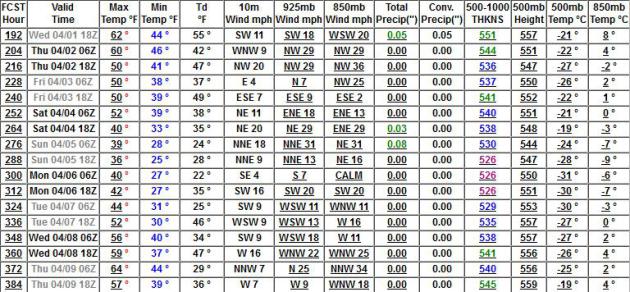
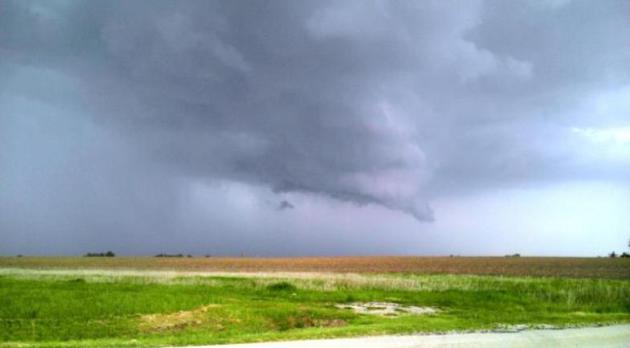
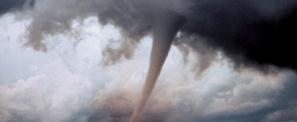

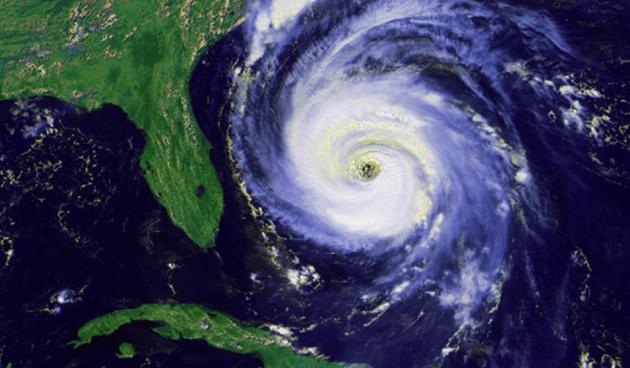
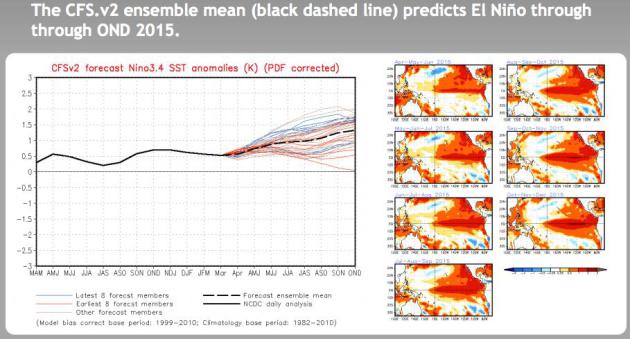

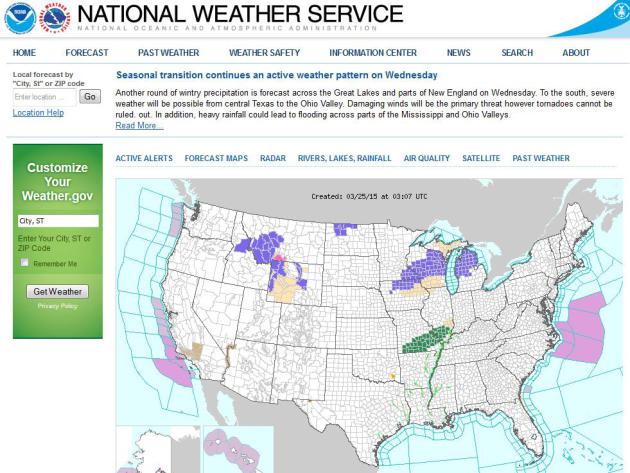

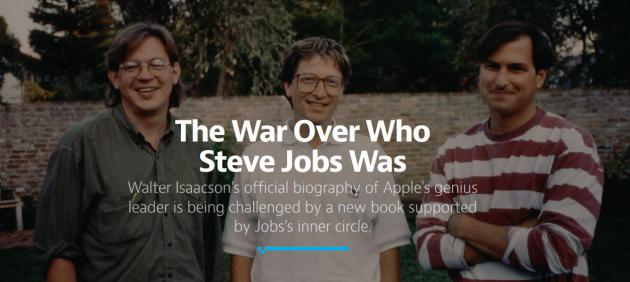





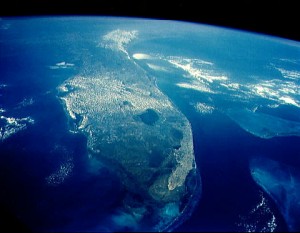
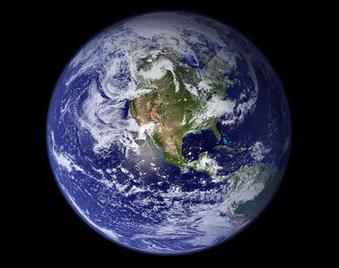
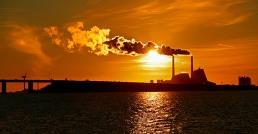


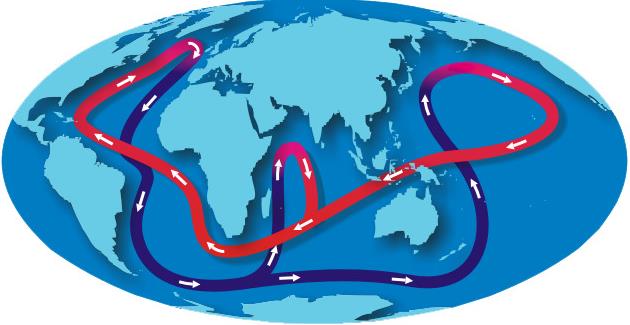
No comments:
Post a Comment